Introduction
Selecting the perfect holster for your 38 special handgun is a critical decision that involves considering various factors such as comfort, accessibility, and concealability. The right holster can significantly impact your carrying experience, affecting both your comfort and the security of your firearm. With a plethora of options available in the market, understanding the intricacies of different holster types, materials, retention mechanisms, and additional features is essential to ensure you find the perfect fit for your needs and preferences.
In this comprehensive guide, we’ll explore the diverse world of 38 special gun holsters, providing insights into their functionality and design to help you make an informed decision. Whether you prioritize discreet concealment, quick accessibility, or durability, we’ll delve into the various aspects of holster selection to empower you with the knowledge needed to confidently choose the right holster for your 38 special handgun. From inside-the-waistband to outside-the-waistband options, leather to Kydex materials, and adjustable retention mechanisms to integrated magazine pouches, we’ll cover everything you need to know to make the best choice for your personal carry needs.
Types of 38 Special Holsters
Inside-the-Waistband (IWB) Holsters
Overview and Design
Inside-the-waistband holsters are crafted to snugly fit against the body, providing a low-profile carry option. Their slim design allows for easy concealment under clothing, making them ideal for everyday carry.
Suitability and Concealability
IWB holsters excel in concealed carry scenarios, as they sit snugly against the body, minimizing printing and enhancing concealment. Their ability to distribute the weight of the firearm evenly along the waistline contributes to enhanced comfort during extended wear.
Comfort and Wearability
The close body fit of IWB holsters reduces the likelihood of the holster shifting or moving during daily activities, enhancing comfort and wearability. Additionally, the soft backing materials used in some IWB holsters provide cushioning against the skin, further improving comfort during prolonged wear.
Outside-the-Waistband (OWB) Holsters
Features and Accessibility
OWB holsters typically feature sturdy construction and offer quick and easy access to the firearm. Their open design allows for a smooth draw motion, making them popular among law enforcement professionals and competitive shooters.
Concealment Considerations
Concealing OWB holsters can be challenging due to their bulkier profile and the potential for printing under clothing. However, selecting a holster with a high-ride design and utilizing appropriate clothing can help mitigate concealment issues.
Versatility and Usage
OWB holsters are versatile and can accommodate various carrying preferences, including open carry and range use. They offer ample space for accessories such as lights and optics, catering to the needs of tactical users and enthusiasts.
Ankle Holsters
Functionality and Design
Ankle holsters are designed to be worn around the lower leg, offering a discreet carry option. Their strap-on design ensures a secure fit around the ankle, minimizing movement and ensuring firearm retention.
Backup Weapon Carry
Ankle holsters are well-suited for carrying backup weapons, providing a secondary means of self-defense. Their low-profile design makes them ideal for situations where traditional waistband carry may not be feasible or desirable.
Mobility and Comfort
While ankle holsters offer discreet carry, they may restrict mobility and comfort, particularly during extended periods of wear. Users should consider factors such as ankle size, footwear choice, and activity level when selecting an ankle holster for everyday carry.
Materials Used in Crafting 38 Special Holsters
Leather
Durability and Aesthetics
Leather holsters are renowned for their durability and timeless aesthetic appeal. Over time, they conform to the shape of the firearm, ensuring a secure fit and enhancing comfort during carry. Additionally, the natural patina that develops on leather holsters adds to their character and charm.
Maintenance and Care
Proper maintenance is essential for preserving the quality and longevity of leather holsters. Regular cleaning with a damp cloth and conditioning with leather-specific products can prevent drying and cracking, ensuring the holster remains supple and functional for years to come.
Kydex
Strength and Protection
Kydex holsters offer exceptional strength and protection for your 38 special handgun. Their rigid construction provides reliable retention and safeguards the firearm against impacts and abrasions. Additionally, Kydex is resistant to sweat, moisture, and solvents, making it ideal for everyday carry in various environments.
Customization Options
Kydex holsters offer a wide range of customization options to suit individual preferences. Adjustable retention screws allow users to fine-tune the level of retention for their firearm, ensuring a secure fit without sacrificing ease of draw. Additionally, Kydex holsters can be molded to accommodate specific firearm models and accessories, providing a tailored fit for optimal performance.
Nylon
Affordability and Versatility
Nylon holsters are prized for their affordability and versatility. Their lightweight construction makes them comfortable to wear for extended periods, while their low cost makes them accessible to budget-conscious gun owners. Nylon holsters are suitable for various carrying preferences, including inside-the-waistband and outside-the-waistband options, providing flexibility for different carry styles.
Trade-offs and Considerations
While nylon holsters offer affordability and versatility, they may have some trade-offs compared to leather or Kydex options. Nylon holsters may lack the durability and retention capabilities of their counterparts, particularly in demanding or high-stress situations. Additionally, the fabric may wear over time, requiring replacement sooner than other materials. However, for casual or occasional use, nylon holsters can be a practical and cost-effective choice.
Importance of Retention Mechanisms
Thumb Breaks
Overview and Functionality
Thumb breaks serve as an additional layer of security by preventing unauthorized access to the firearm. Typically consisting of a strap or thumb release mechanism, they require a deliberate action to disengage, ensuring the firearm remains securely in place until needed.
Considerations for Duty Carry
Thumb breaks are commonly favored for duty carry and law enforcement applications due to their high level of security. In high-stress situations, where officers may need to engage in physical confrontations or pursue suspects, the presence of a thumb break provides reassurance that the firearm will remain in place until intentionally accessed.
Adjustable Tension Screws
Customization and Adjustment
Adjustable tension screws allow users to customize the retention level of the holster to their preference. By tightening or loosening the screws, users can achieve the desired balance between retention and ease of draw, ensuring a secure fit without sacrificing accessibility.
User Preference and Comfort
The ability to adjust tension screws caters to individual preferences and comfort levels. Some users may prefer a tighter retention for added security, while others may prioritize a looser fit for quicker access to the firearm. Adjustable tension screws provide flexibility to accommodate different carry styles and firearm sizes.
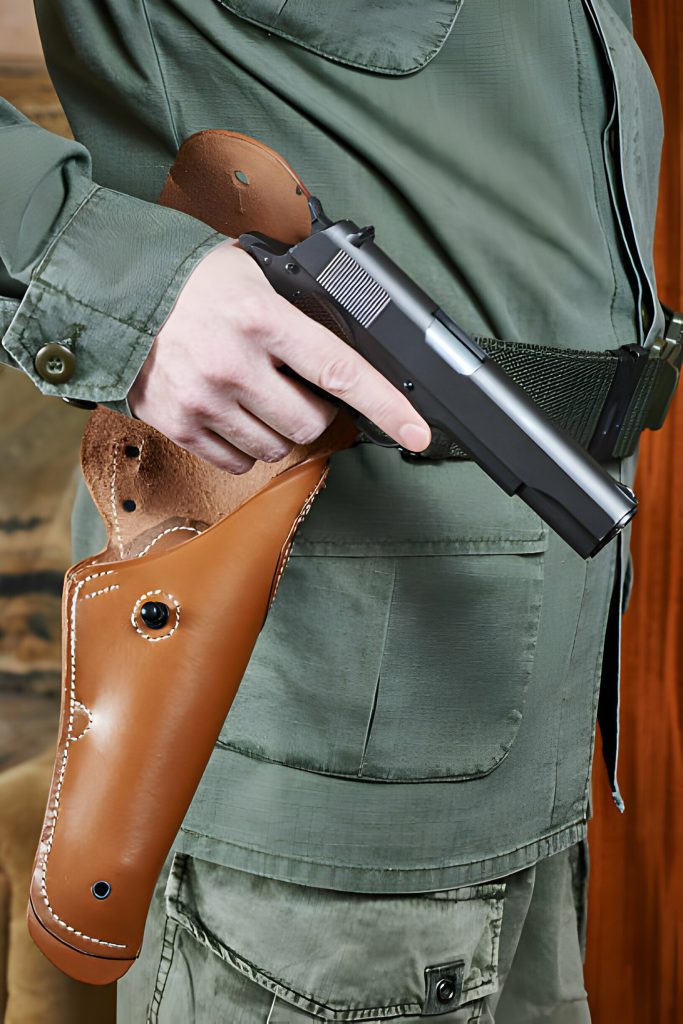
Passive Retention Devices
Friction Fit and Trigger Guard Locks
Passive retention devices such as friction fit and trigger guard locks rely on the inherent tension between the holster and the firearm to secure the weapon. Friction fit holsters utilize friction and pressure to hold the firearm in place, while trigger guard locks encase the trigger guard to prevent unintentional access.
Ease of Access and Draw
Passive retention devices offer a balance between retention and ease of access. While they provide a secure hold on the firearm, they also allow for a relatively quick and smooth draw when needed. However, users should practice proper drawing techniques to ensure a seamless and efficient draw stroke, especially in high-pressure situations.
How Holster Designs Accommodate Different Carrying Preferences and Body Types
Adjustable Cant Angles
Customization for Comfort
Adjustable cant angles allow users to tailor the position of the firearm to their individual comfort preferences. By adjusting the angle at which the gun is carried, users can alleviate pressure points and ensure a natural draw motion, enhancing overall comfort during extended periods of wear.
Versatility and Adaptability
The versatility of adjustable cant angles extends beyond comfort, accommodating different carrying preferences and body types. Whether carrying for concealed or open carry, users can adjust the cant angle to achieve the optimal positioning for their specific needs. Additionally, individuals with varying body shapes and sizes can customize the cant angle to ensure a secure and comfortable fit against the body.
Belt Attachments
Stability and Security
Belt attachments play a crucial role in providing stability and security for the holster during everyday carry. Loops, clips, and paddles securely anchor the holster to the belt, minimizing movement and ensuring the firearm remains in place during physical activity or sudden movements.
Compatibility with Different Belt Types
Holsters with various belt attachments are designed to accommodate different belt types and widths, ensuring compatibility with a wide range of belts commonly used for everyday carry. Whether utilizing a traditional leather belt or a tactical nylon belt, users can find a holster with attachments that provide a secure and stable fit for their preferred belt.
Ergonomic Considerations
Comfort and Accessibility
Holster designers prioritize ergonomic considerations to enhance comfort and accessibility for users. Factors such as holster positioning, padding, and contours are meticulously designed to minimize discomfort and maximize ease of access to the firearm. By optimizing these ergonomic features, users can confidently carry their firearm throughout the day without experiencing discomfort or hindrance.
Accommodation of Body Types
Holster designs are engineered to accommodate a diverse range of body types, ensuring a comfortable and secure fit for users of all shapes and sizes. Whether tall or short, slim or curvy, individuals can find a holster that conforms to their body contours and provides a snug and secure hold for their firearm. Additionally, adjustable features such as straps and retention mechanisms further enhance the adaptability of holsters to different body types, ensuring a customized fit for every user.
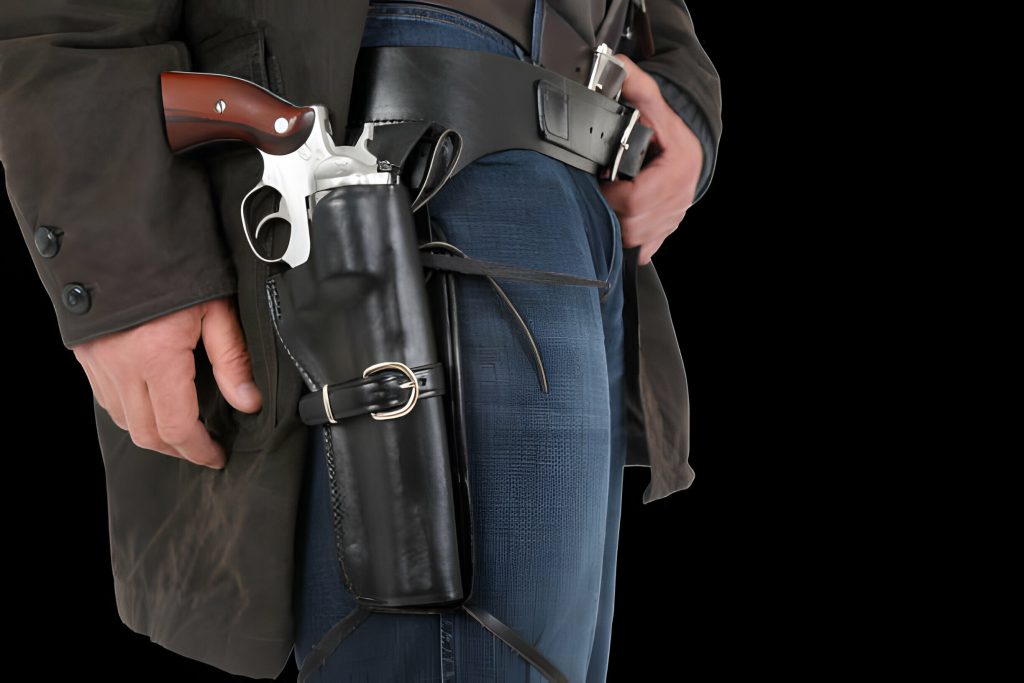
Additional Features Found in 38 Special Holsters
Integrated Magazine Pouches
Convenience and Accessibility
Integrated magazine pouches offer a convenient solution for carrying spare ammunition alongside your 38 special handgun. By eliminating the need for separate magazine carriers, integrated pouches ensure quick and easy access to additional rounds during critical moments.
Considerations for Everyday Carry
When considering everyday carry, it’s essential to strike a balance between carrying capacity and concealability with integrated magazine pouches. While they enhance ammunition accessibility, users should assess whether the added bulk of the pouches affects concealment and comfort, particularly for concealed carry scenarios.
Conclusion
As you navigate the vast array of 38 special gun holsters, it’s essential to consider your unique preferences, needs, and lifestyle factors. Whether you prioritize comfort, accessibility, or concealability, there’s a holster out there to suit your requirements. By understanding the nuances of holster types, materials, retention mechanisms, and additional features, you can make an informed decision that ensures both comfort and safety in carrying your 38 special handgun. Remember to explore the various options available and select a holster that aligns with your individual preferences and carry style to enhance your overall carrying experience.
Frequently Asked Questions
Q1:What factors should I consider when selecting a holster for my 38 special handgun?
A: When choosing a holster, it’s crucial to consider factors such as comfort, accessibility, concealability, and durability. Assess your carrying preferences and lifestyle needs to find the perfect fit for your 38 special firearm.
Q2: Are there specific holster types better suited for concealed carry versus open carry with a 38 special handgun?
A: Yes, different holster types cater to various carrying preferences. Inside-the-waistband (IWB) holsters are ideal for concealed carry, while outside-the-waistband (OWB) holsters offer quick access for open carry. Ankle holsters provide a discreet option for backup weapon carry.
Q3: What are the advantages of using leather, Kydex, or nylon materials in crafting 38 special holsters?
A: Leather holsters offer durability and aesthetic appeal, Kydex holsters provide strength and customization options, and nylon holsters offer affordability and versatility. Each material has its unique benefits, so choose based on your preferences and needs.
Q4: How do retention mechanisms enhance the security of 38 special holsters?
A: Retention mechanisms such as thumb breaks, adjustable tension screws, and passive retention devices ensure the firearm remains securely in the holster until intentionally accessed. These mechanisms offer varying levels of security and ease of access based on user preferences.
Q5: What additional features can I expect to find in 38 special holsters?
A: Some 38 special holsters come with integrated magazine pouches for convenient access to spare ammunition. Additionally, features like adjustable cant angles, belt attachments, and ergonomic designs enhance comfort and functionality. Choose a holster with features that align with your carrying needs and preferences.

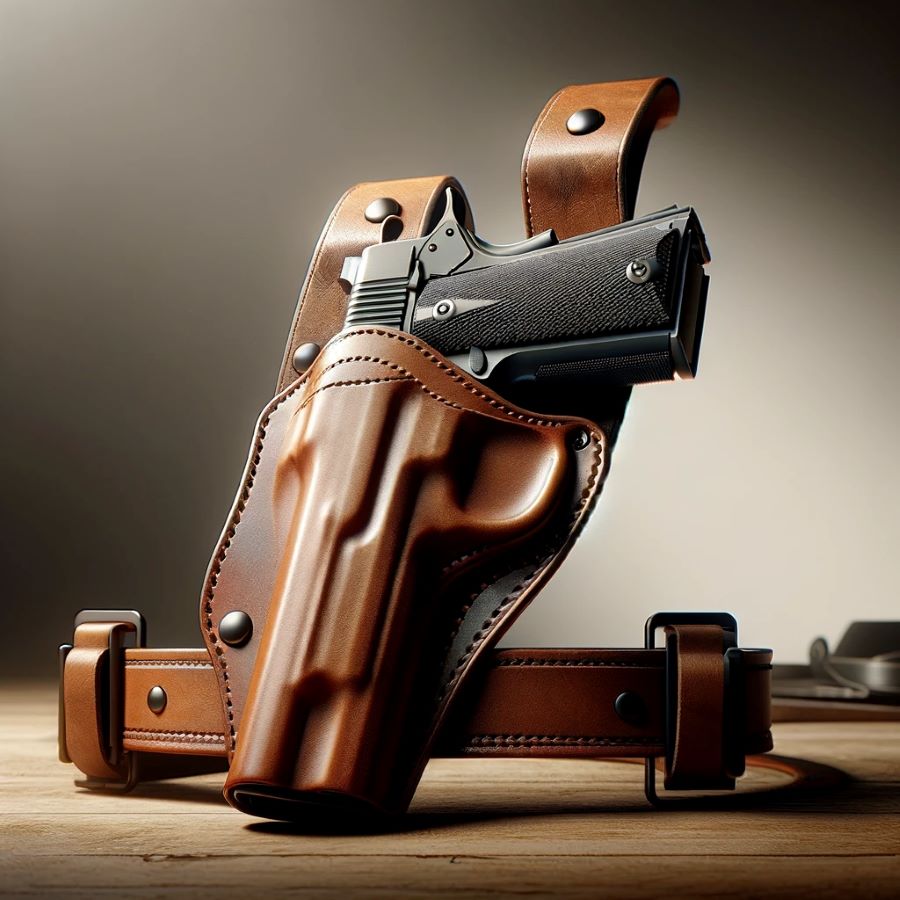
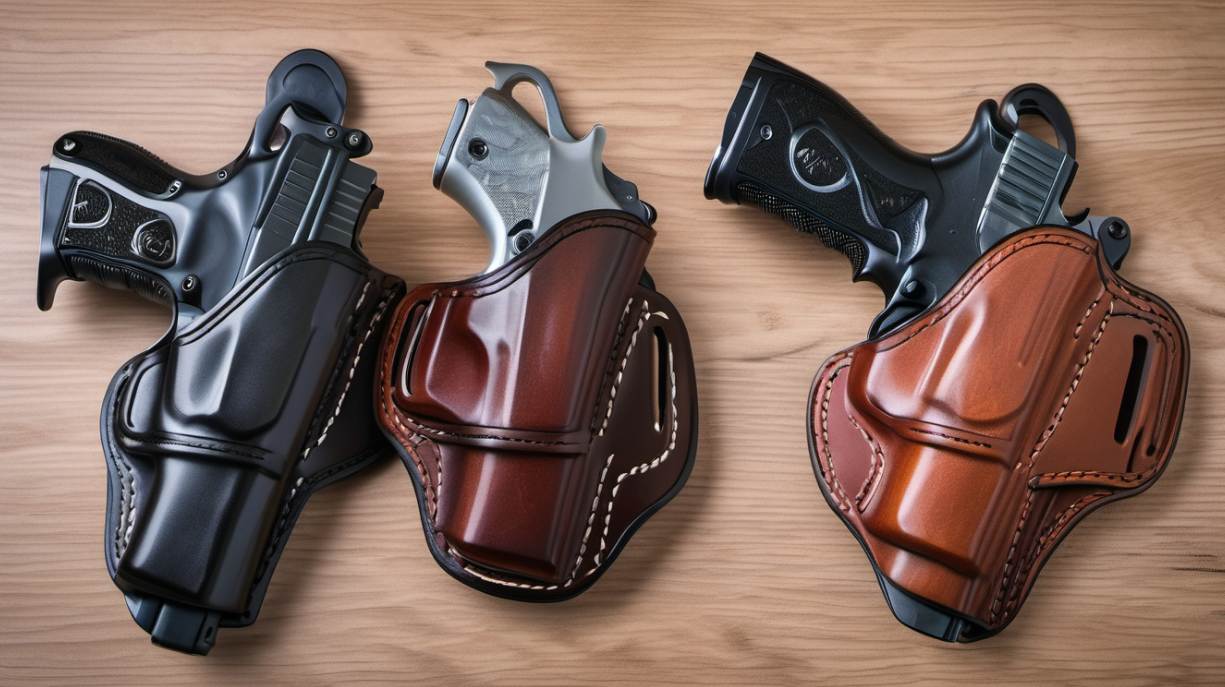

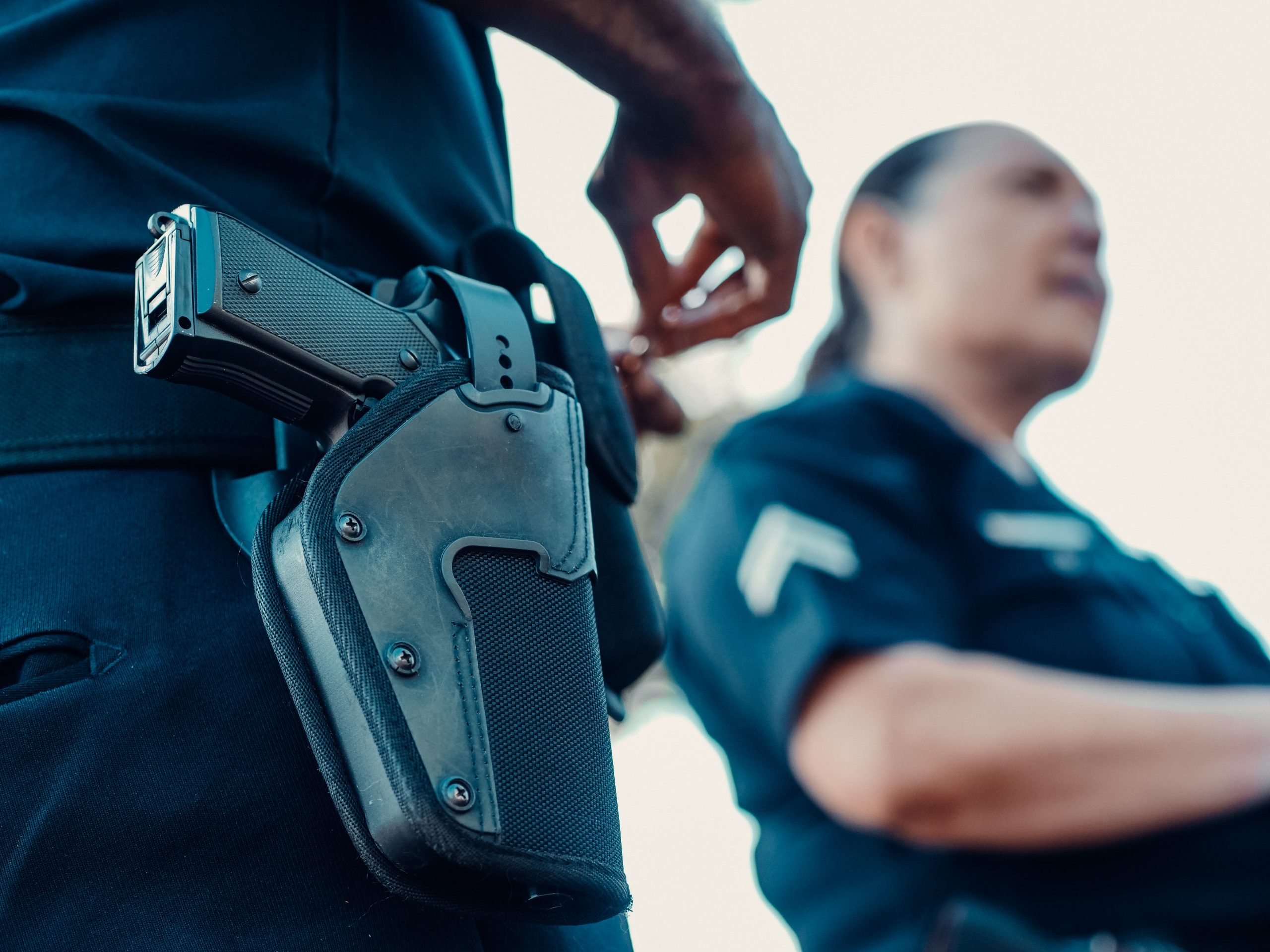

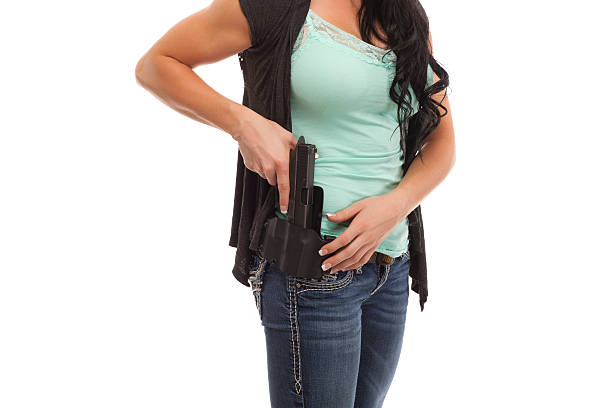

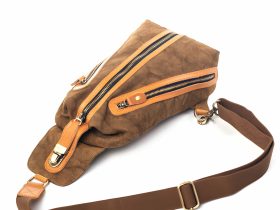
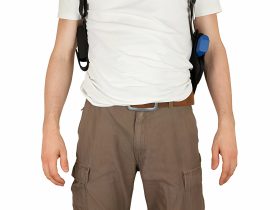

Leave a Reply